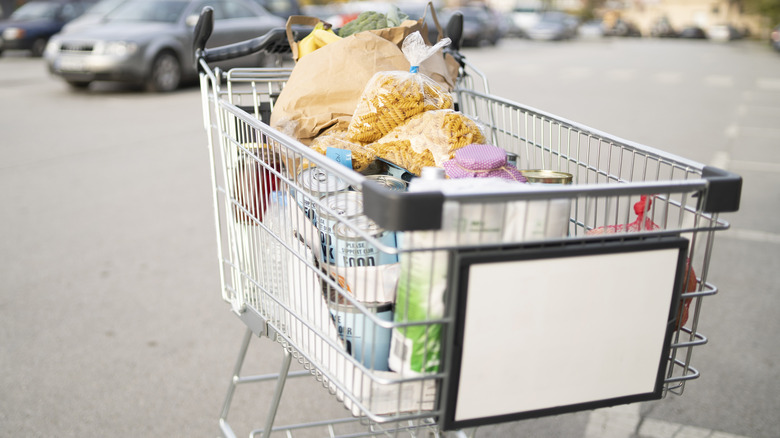What Is A Nonprofit Grocery Store And How Does It Stay Afloat?
In recent years, various iterations of "nonprofit grocery stores" have started to pop up across the country. Instead of being driven to make a profit, these grocery stores aim to bring affordable and nutritious food to places where there are not many options. In general, food deserts are lower-income areas where there is no access to a grocery store within at least a mile in urban areas or at least 10 miles in non-urban areas. Nonprofit grocery stores are one way that people have tried to combat food deserts and bring more nutritious food to United States communities.
Nonprofit grocery stores are not food banks. The food is either discounted or customers can amass substantial shopper benefits, making it more affordable to shop there than bigger chain groceries. Because these organizations are not motivated by profit, they have to use other models to stay afloat. Some have been successful, and others have had to change course in order to determine how to best serve their communities. But there are three main organizational models that nonprofit grocery stores may follow.
Membership or shares
The first model is membership-based, which means you may need to be a paying member to shop there. This creates a financial base for the store that pays for its operating costs, such as employee wages. This membership model allows the grocery store to sell food at discounted prices. By paying the membership, they get access to good deals. In the chain grocery world, you might recognize this model from giants like Costco. You can't shop at Costco without a membership, but once you pay their fees, you get good deals on bulk items.
Slightly different from membership, stores can sell shares. Nonprofit grocery store Jubilee Market in Waco, Texas took a similar approach to cover their start-up costs — they sold shares at $25 apiece and ended up raising enough to open their doors to the public. Jubilee Market opened in 2016 and continues to serve the Waco community today.
Other options for nonprofit grocery stores
The second and third models both depend heavily on the community to stay afloat. The former relies on discounts on operating costs, donations, and putting SNAP (supplemental nutrition assistance program) benefits to work so that shoppers get the most out of their money. The latter similarly relies on connections — applying for grants, retaining volunteers, etc.
However, there is certainly an overlap between the three models. Each nonprofit grocery store employs different techniques for bringing nutritious, low-cost food to its customers. For example, Jubilee Market grows its produce so that it doesn't have to rely as much on suppliers. There are examples of nonprofit grocery stores trying to take hold and not being able to sustain operations. But cases like Jubilee Market show that there is a way to stay afloat and serve the community at the same time.


